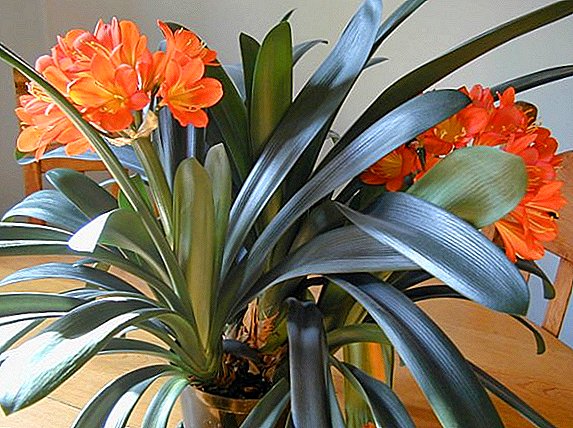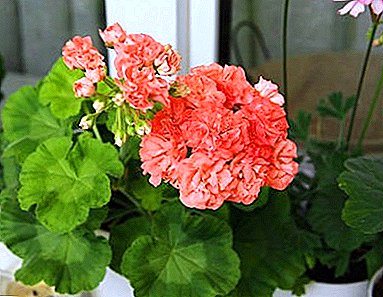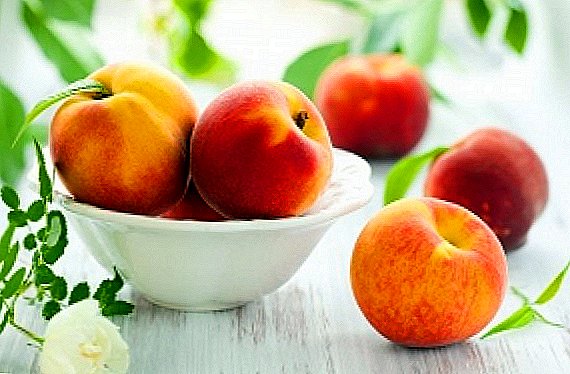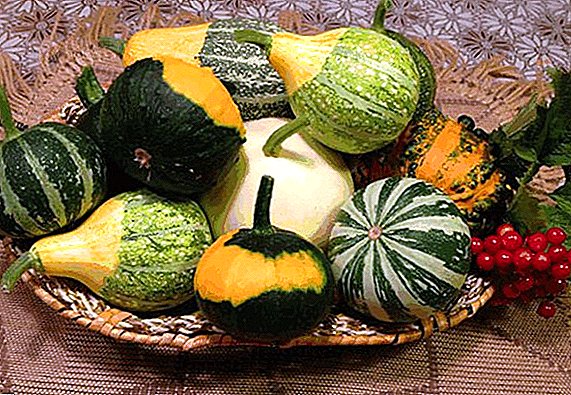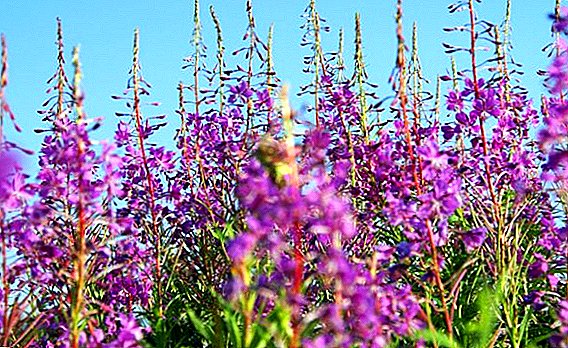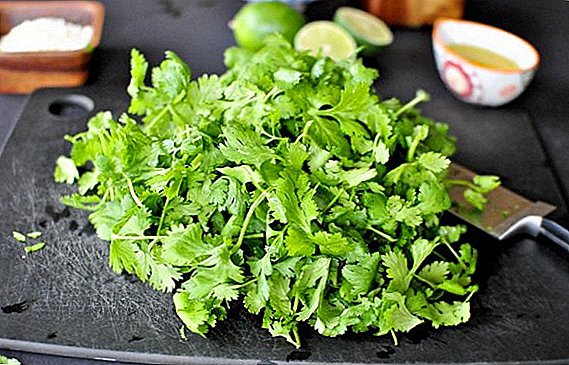 Coriander is an annual herb. Its greens, called cilantro, and seeds are regularly used in the preparation of various dishes to give them a more pronounced flavor. But this plant is not only a good spice, but also a valuable source of nutrients. Its use and application will be discussed in our article.
Coriander is an annual herb. Its greens, called cilantro, and seeds are regularly used in the preparation of various dishes to give them a more pronounced flavor. But this plant is not only a good spice, but also a valuable source of nutrients. Its use and application will be discussed in our article.
Botanical description and characteristic of cilantro
The herb has a fusiform root. Its stem is erect, naked, grows to 40-70 cm. Its upper part is branched. Lower foliage broadly, tripartite, dissected into wide slices. Keeps on long petioles and has a serrated edge. The remaining leaves are deeply dissected.
The inflorescence is a complex umbrella, formed from small white or pink flowers. Extreme flowers are more central. Coriander blooms all summer. Fruits ripen in September - they are an egg shaped globular with 10-12 ribs.

Chemical composition of cilantro
Fruits of different plant varieties contain from 0.2 to 1.6% of essential oils, 16-28% of fatty oil, some alkaloids, pectin, starch, protein substances, ascorbic acid, tannins. Ascorbic acid, carotene, rutin is also present in the leaves.
Did you know? World leader in coriander exports - Russia.In addition, the greens in question contain such vitamins:
- beta carotene - 3.93 mg;
- retinol - 337 mcg;
- thiamine - 0.067 mg;
- Riboflavin - 0.162 mg;
- Pantothenic acid - 0, 57 mg;
- pyridoxine - 0.149 mg;
- folic acid - 62 mcg;
- ascorbic acid - 27 mg;
- tocopherol - 2.5 mg;
- phylloquinone - 310 mcg;
- nicotinic acid - 1,114 mg;
- Choline - 12.8 mg.
| Macro elements: | Trace elements: |
|
|

Calorie and BJU
Nutritional value of a plant per 100 g:
- proteins - 2.13 g;
- fats - 0.52 g;
- carbohydrates - 0.87 g;
- dietary fiber - 2.8 g;
- ash - 1.47 g;
- water - 92.21 g;
- mono - and disaccharides - 0.87 g;
- saturated fatty acids - 0.014 g
Did you know? Botanists often rank cilantro as a weed plant because of the vitality of the seed and the ability to self-seeding.
Useful properties of the plant
Cilantro is rich in vitamins and minerals that the body needs for normal life.. A number of substances contained in it, have a bactericidal effect. In addition, the plant is able to remove bile, dull the pain, which allows it to be used for gastritis and infectious diseases. Essential oils form a protective barrier that prevents the penetration of viruses, eliminates inflammatory processes. Leaving the body through the urinary system, they have a positive effect on the bladder and kidneys.
Due to the fact that the green contains potassium, calcium, magnesium and iron, it supports normal activity of the heart and blood vessels, improves the work of the central nervous system.

The plant is able to strengthen the gums, eliminate various problems in the oral cavity.
It helps cilantro and reduce weight, improving digestive processes. It gently cleanses the intestines and lowers blood sugar levels. Together with it, the diet will pass more easily, because with coriander you can cook a lot of different dishes, and it has minimum calories. In addition, acting soothingly on the nervous system, the plant will eliminate the emotional irritation that often occurs in people who are forced to deprive themselves of their usual delicacies.
Important! Benefit will bring 35 grams of greens or 4 grams of coriander seeds, eaten per day.
Peculiarities of eating coriander
Cilantro has been used in cooking since ancient times. It was originally a favorite seasoning among the inhabitants of Asia, the Mediterranean and Eastern Europe. Gradually, it spread to our lands. It goes well with meat, vegetable, fish and seafood. It is added to first courses, sauces, salads and marinades. Greens can be used both in fresh form and stew, fried in butter. The specific flavor of the spice can be muffled by adding cumin and turmeric.

Possible contraindications to use
Sometimes people want to add cilantro to their diet, but there are limitations in its use - which is why they should be considered first:
- It is not recommended to combine with substances containing ascorbic acid and retinol.
- Does not combine with apricots, dried apricots, blueberries, carrots, bell peppers.
- Essential oils present in coriander can cause an allergic reaction.
- Not recommended for gastritis, diabetics, people with ischemia, thrombosis, thrombophlebitis.
- It is not advisable to use after a heart attack and stroke.
Important! The specific taste of cilantro can degrade the quality of milk, so it can not be nursing women. It is not advisable to use these herbs and pregnant, so as not to have allergies.
Cilantro is a very useful product only if you use it wisely. It is enough to add spice to all dishes, and after a while you will notice positive changes in your body.


